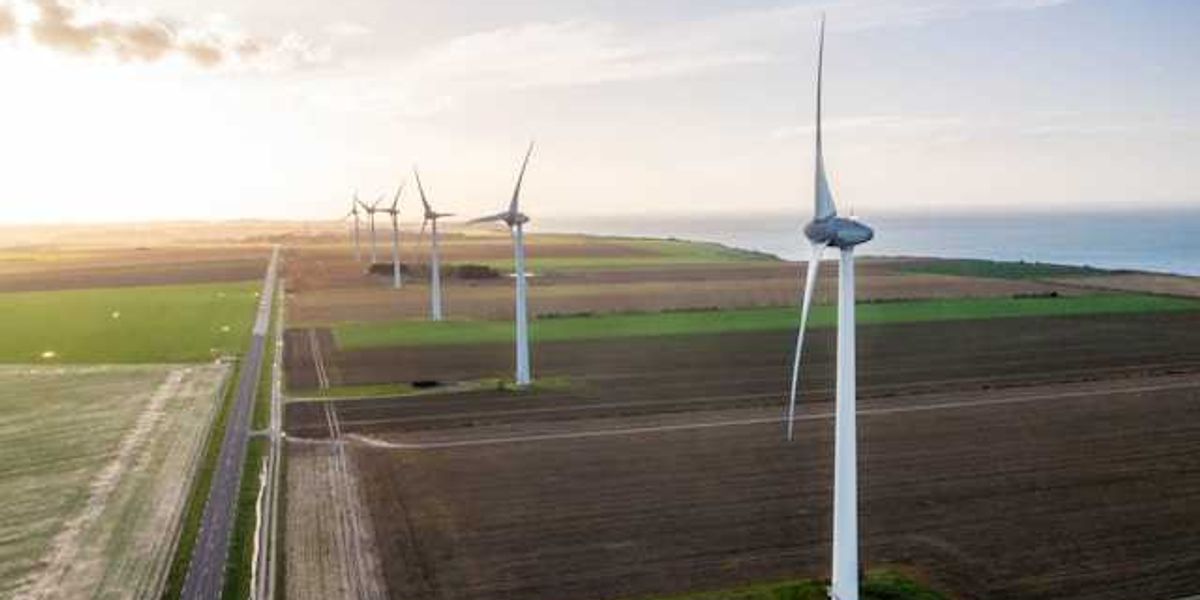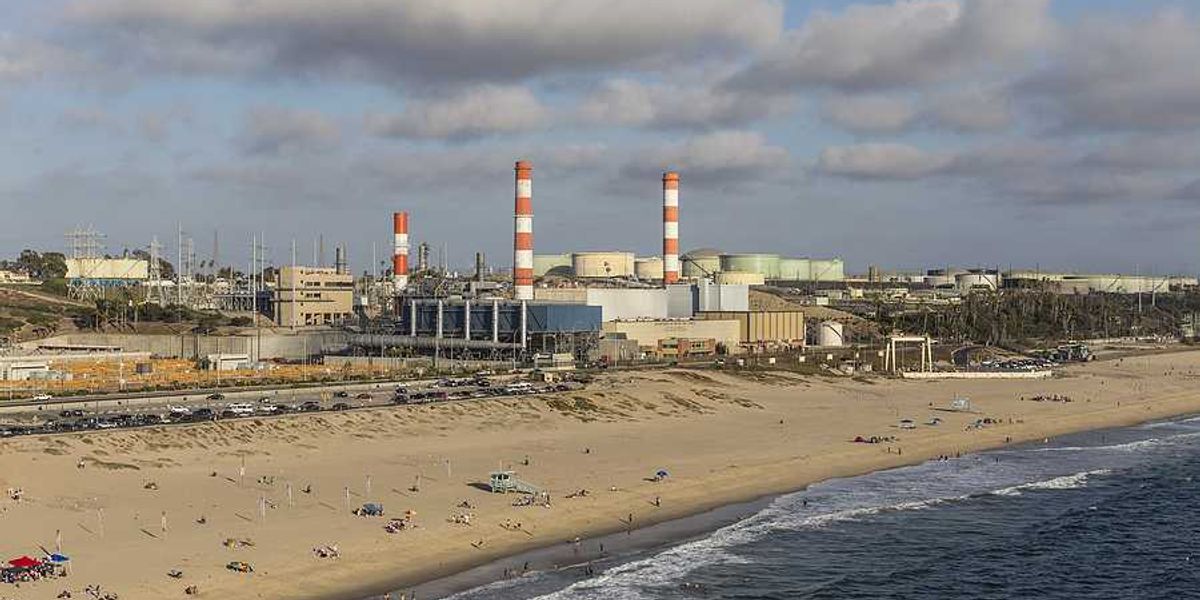FIFA faces rising heat risks as 2026 World Cup planning intensifies
A blistering heatwave during this year’s Club World Cup in the U.S. has reignited debate over the health and safety risks of afternoon match times for the 2026 World Cup, set to take place across North America.
Amy Tennery reports for Reuters.
In short:
- Temperatures above 90°F (32.2°C) during Club World Cup matches in cities like Cincinnati and Philadelphia forced players to rely on cooling breaks, with coaches describing the conditions as unworkable for training.
- Player union FIFPRO, the International Federation of Professional Footballers, warned that extreme heat poses growing risks as climate change intensifies, urging FIFA and broadcasters to reassess kickoff times to avoid exposing players to dangerous conditions.
- With the 2026 tournament expanding to 48 teams, host cities including Miami, New York and Monterrey may struggle to avoid hot afternoon slots, especially under pressure from broadcasters to preserve peak viewing times.
Key quote:
"Current protocols and laws of the game require urgent revision – this is a challenge the entire football industry must take on together."
— FIFPRO spokesperson
Why this matters:
As climate change accelerates, extreme heat is turning into a permanent fixture of outdoor sports, especially in already hot and densely populated cities. The health risks aren’t confined to elite athletes; rising heat also threatens millions of youth and amateur players who lack professional-level protections. Prolonged exposure to high temperatures increases the risk of heatstroke, dehydration, and long-term cardiovascular stress. Urban environments, with their heat-trapping infrastructure and poor air quality, amplify these risks. The World Cup, a global media spectacle, forces a public reckoning: Will health take precedence over profit? The decisions made now could set a precedent for how future sporting events navigate a hotter, more volatile world.
Related: Opinion: Football’s growing carbon footprint threatens its future













